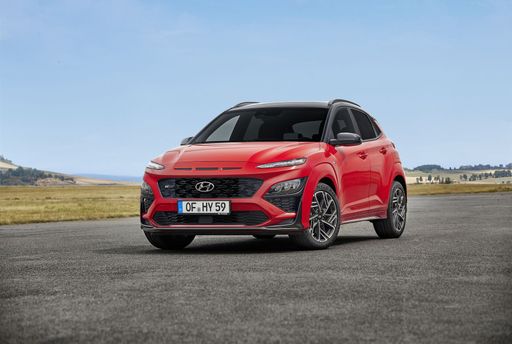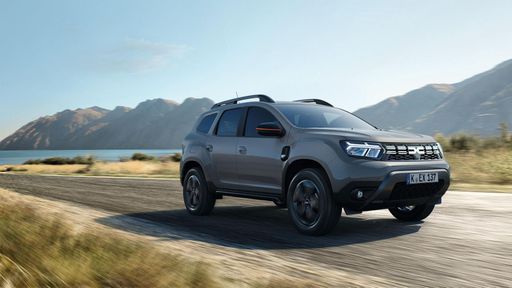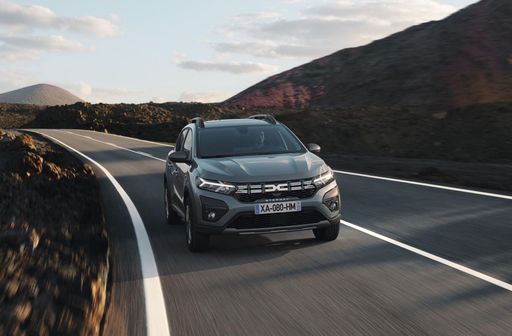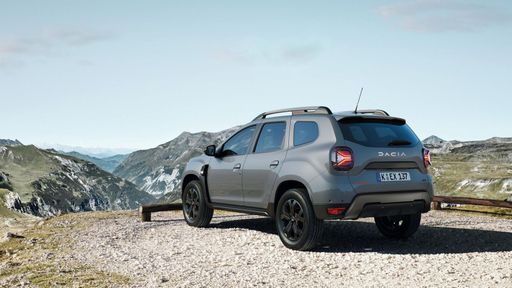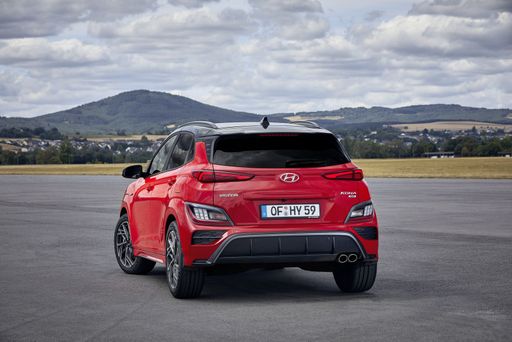Exploring Compact SUV Excellence: Dacia Duster vs. Hyundai Kona
In the bustling compact SUV segment, the Dacia Duster and Hyundai Kona continue to capture the attention of enthusiasts and practical drivers alike. Both of these 2024 models offer a blend of innovation, efficiency, and style, making them compelling choices for anyone considering a vehicle in this category. Let’s delve into the specifics to see how they stack up against each other.

